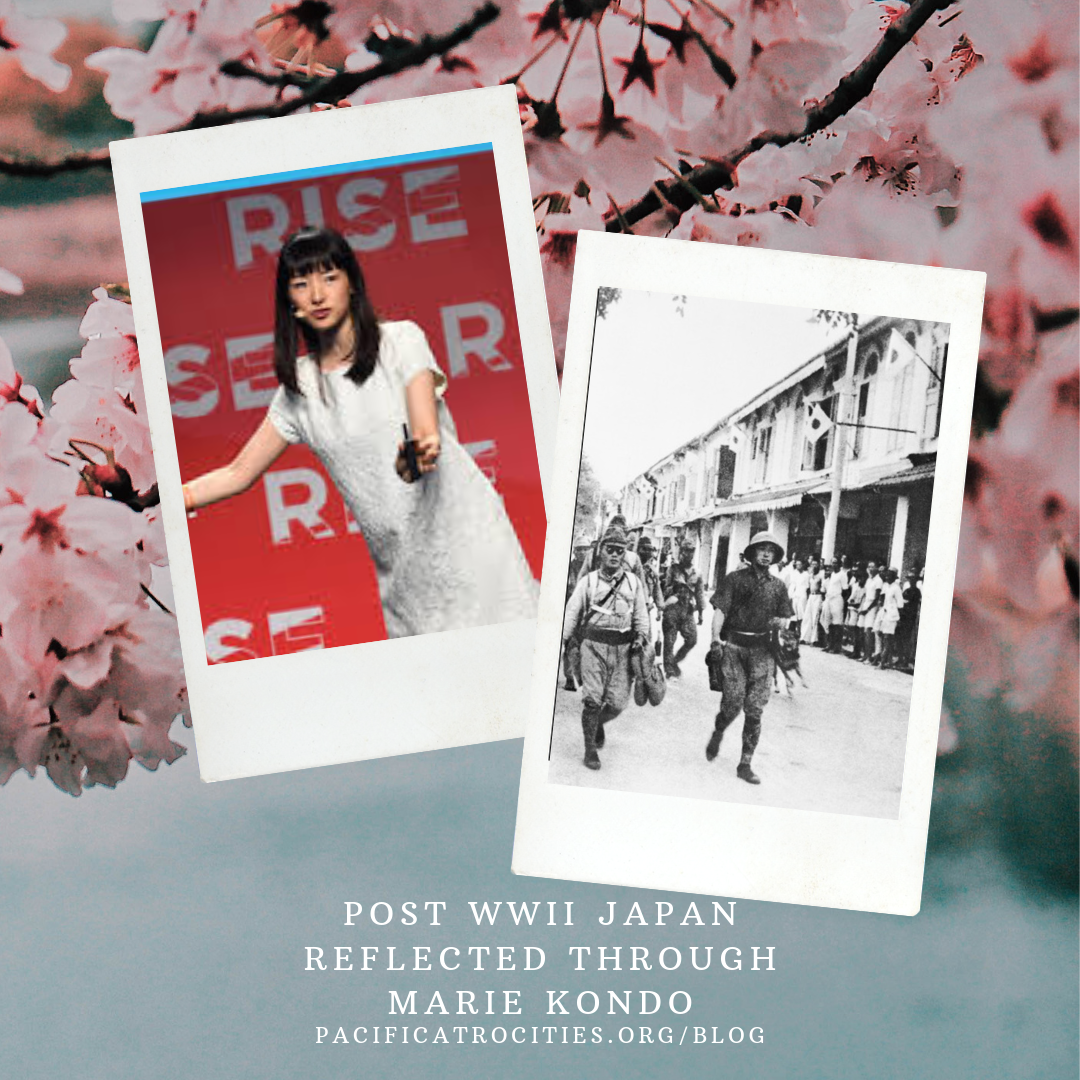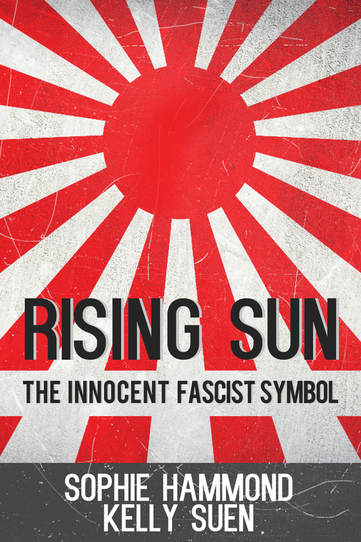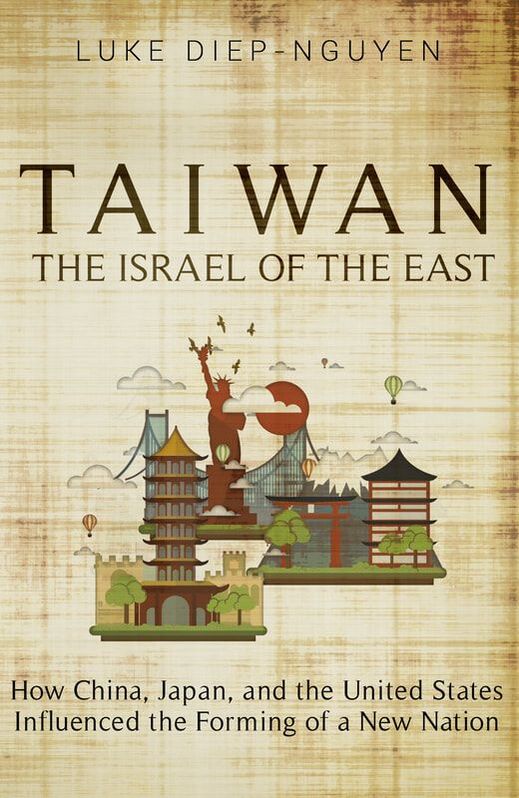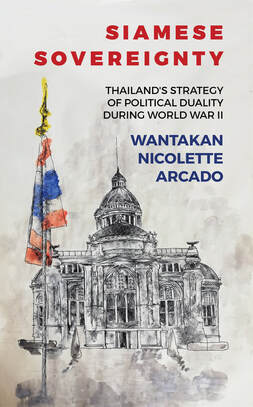|
by Sommer Phan Marie Kondo has garnered mass mainstream attention through her book The Life-Changing Magic of Tidying Up (2011) and the corresponding Netflix show “Tidying Up With Marie Kondo” (2019). In media, Kondo is known for the phrase “spark joy”. As Kondo helps her clients tidy up their houses, she encourages them to think about if the item “sparks joy”. The item is kept if it sparks joy, and thrown away or donated if it does not. Kondo has confirmed that her famous “KonMari Method” of tidying up is partly influenced by Japanese Shintoism. Shintoism is an ancient Japanese belief system. It asserts that the physical or natural world is occupied with spirits and spiritual powers. Kondo worked as a Shinto shrine maiden for five years. The Japanese phrase “mottainai” is often linked with Shinto and Buddhist philosophy; it can be roughly translated to “Oh, what a waste!” “Mottainai” expresses the feeling of guilt or sadness when something is discarded before it has been used to its full potential. In the book “Waste: Consuming Postwar Japan,” Eiko Maruko Siniawer explained that “mottainai was deployed as a lost Japanese virtue, recalling post-World War II frugality as a means of tackling the contemporary problems of mass waste and a perceived pathology of affluence.” This post-war transformation of Japan included the denial of many Japanese wartime atrocities, such as the Nanjing Massacre. Has Japan “Mari Kondo-ed” their wartime history to rebuild their country? Japan was able to rebuild relatively quickly post World War II. During the immediate post-war era, the United States occupied Japan and implemented reform programs to promote democracy. Japan and the United States later created a mutually beneficial relationship through their Cold War allyship under the command of General MacArthur. Professor of Texas A&M University Lawrence C. Wolken provides an in-depth analysis of Japan’s independent post-war recovery. The post-war economic improvement was exceptional and today Japan is known for its high standard of living. The Japanese government focused its efforts on building infrastructure to support the industrialization of the nation in the 1950s through the 1960s. Concerns over the environmental impact rose with the expansion and decentralization of industries in Japan. This concern can be linked back to the ancient Shintoist regard for the environment. In the 1970s, Japan began to address issues over environmental concern and social groups who were negatively impacted by rapid industrialization. This shift in focus was executed through environmental and social programs such as larger recycling efforts and a public pension system. Although Japan experienced economic success and a high standard of living, it still faced issues such as OPEC’s embargo in 1973. In this whole post-war effort to rebuild the nation, Japan actively attempted to maintain friendly relations with the United States because of the country’s significant influence and effect on Japan’s foreign trade economy. The relationship between the countries has been strained because of international trade competition, but both countries make efforts to address their respective domestic issues while maintaining a friendship with each other. So how does this relate to Marie Kondo’s success in the United States? Her success has come with a certain degree of backlash. Much of the backlash stems from her approach to tidying up, which may be foreign to Euro-American audiences. Some critics have also interpreted the KonMari method to be overly minimalistic and anti-capitalist. A deeper investigation into the cultural influence, of beliefs such as Shintoism, and the KonMari method may lead to a better understanding of the foundations of Kondo’s approach. Although Japan and the United States have similar methods of national progress, the two have experienced cultural misunderstandings and distrust of one another, amongst other mutual issues. Marie Kondo is a small example of how the cultural relationship between the United States and Japan has played out since the Cold War. References
Related Books
0 Comments
Leave a Reply. |
- Home
- Stories
-
Internship
- Summer 2024 Internship
- Summer 2023 Internship
- Fall 2022 Internship
- Summer 2022 Internship
- Summer 2021 Internship
- Fall 2020- Spring 2021 Internship
- Summer 2020 Internship
- Fall 2019 Internship
- Summer 2019 Internship >
- School Year 2018-2019 Internship
- Summer 2018 Internship >
- Fall 2017 Internship
- Summer 2017 Internship >
- Books
- Archives
-
Resource Page
-
Supplementary Research Guides
>
- Unit 731 - Guide >
-
Philippines' Resistance - Guide
>
- Philippines World War II Timeline
- The Japanese Invasion & Conquest of the Philippines
- Bataan Death March
- Formation of Underground Philippines Resistance
- Supplies of the Guerrilla Fighters
- The Hukbalahap
- Hunter's ROTC
- Marking's Guerrillas
- United States Army Forces in the Philippines of Northern Luzon (USAFIP-NL)
- The Aetas
- Chinese and Filipino-Chinese Nationalist Guerrilla Units
- The Female Faces of the Philippine Guerrillas
- Rising Sun Flag - Guide >
- Pinay Guerrilleras - Guide >
- Fall of Singapore - Guide >
- Three Years and Eight Months - Guide >
- Siamese Sovereignty - Guide >
- The Khabarovsk War Crimes Trial - Guide >
- Unit 731 Cover-up : The Operation Paperclip of the East - Guide >
- Marutas of Unit 731 - Guide >
- Prince Konoe Memoir - Guide >
- Competing Empires in Burma - Guide >
- Battle of Shanghai - Guide >
- Ishi Shiro - Guide >
- Taiwan The Israel of the East - Guide >
- Seeking Justice for Biological Warfare Victims of Unit 731 - Guide >
- Rice and Revolution - Guide >
- Clash of Empires - Guide >
-
Hunger for Power and Self-SufficiencyI - Guide
>
- The Influence of War Rations on Post-War Culinary Transformations
- How World War II Complicated Food Scarcity and Invention
- American Military Innovations
- Government-Sponsored Food Inventions in Europe during World War II
- Feeding the Army: The Adaptation of Japanese Military Cuisine and Its Impact on the Philippines
- Mixed Dishes: Culinary Innovations Driven by Necessity and Food Scarcity
-
Denial A Quick Look of History of Comfort Women and Present Days’ Complication - Guide
>
- The Comfort Women System and the Fight for Recognition
- The Role of Activism and International Pressure
- The Controversy over Japanese History Textbooks
- The Sonyŏsang Statue and the Symbolism of Public Memorials
- Activism and Support from Japanese Citizens
- The Future of Comfort Women Memorials and Education
- Echoes of Empire: The Power of Japanese Propaganda - Guide >
- Lesson Plans >
-
Supplementary Research Guides
>
|
Pacific Atrocities Education
730 Commercial Street San Francisco, CA 94108 415-988-9889 |
Copyright © 2021 Pacific Atrocities Education.
We are a registered 501 (c)(3) charity. |
- Home
- Stories
-
Internship
- Summer 2024 Internship
- Summer 2023 Internship
- Fall 2022 Internship
- Summer 2022 Internship
- Summer 2021 Internship
- Fall 2020- Spring 2021 Internship
- Summer 2020 Internship
- Fall 2019 Internship
- Summer 2019 Internship >
- School Year 2018-2019 Internship
- Summer 2018 Internship >
- Fall 2017 Internship
- Summer 2017 Internship >
- Books
- Archives
-
Resource Page
-
Supplementary Research Guides
>
- Unit 731 - Guide >
-
Philippines' Resistance - Guide
>
- Philippines World War II Timeline
- The Japanese Invasion & Conquest of the Philippines
- Bataan Death March
- Formation of Underground Philippines Resistance
- Supplies of the Guerrilla Fighters
- The Hukbalahap
- Hunter's ROTC
- Marking's Guerrillas
- United States Army Forces in the Philippines of Northern Luzon (USAFIP-NL)
- The Aetas
- Chinese and Filipino-Chinese Nationalist Guerrilla Units
- The Female Faces of the Philippine Guerrillas
- Rising Sun Flag - Guide >
- Pinay Guerrilleras - Guide >
- Fall of Singapore - Guide >
- Three Years and Eight Months - Guide >
- Siamese Sovereignty - Guide >
- The Khabarovsk War Crimes Trial - Guide >
- Unit 731 Cover-up : The Operation Paperclip of the East - Guide >
- Marutas of Unit 731 - Guide >
- Prince Konoe Memoir - Guide >
- Competing Empires in Burma - Guide >
- Battle of Shanghai - Guide >
- Ishi Shiro - Guide >
- Taiwan The Israel of the East - Guide >
- Seeking Justice for Biological Warfare Victims of Unit 731 - Guide >
- Rice and Revolution - Guide >
- Clash of Empires - Guide >
-
Hunger for Power and Self-SufficiencyI - Guide
>
- The Influence of War Rations on Post-War Culinary Transformations
- How World War II Complicated Food Scarcity and Invention
- American Military Innovations
- Government-Sponsored Food Inventions in Europe during World War II
- Feeding the Army: The Adaptation of Japanese Military Cuisine and Its Impact on the Philippines
- Mixed Dishes: Culinary Innovations Driven by Necessity and Food Scarcity
-
Denial A Quick Look of History of Comfort Women and Present Days’ Complication - Guide
>
- The Comfort Women System and the Fight for Recognition
- The Role of Activism and International Pressure
- The Controversy over Japanese History Textbooks
- The Sonyŏsang Statue and the Symbolism of Public Memorials
- Activism and Support from Japanese Citizens
- The Future of Comfort Women Memorials and Education
- Echoes of Empire: The Power of Japanese Propaganda - Guide >
- Lesson Plans >
-
Supplementary Research Guides
>



